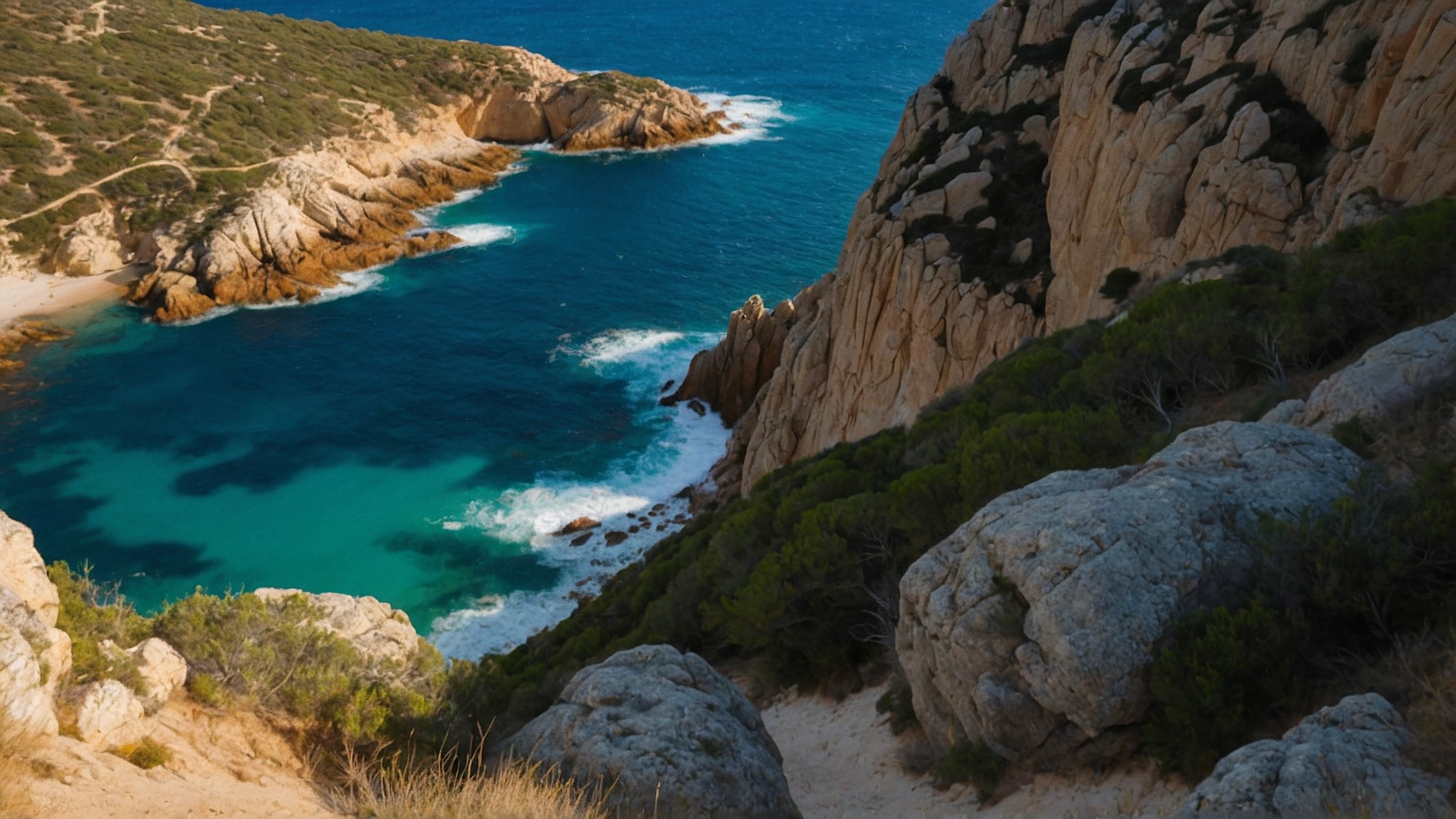Exploring the Island
Exploring the island, there are places and emotions that are worth exploring not in high season but rather in autumn or winter they increase their capacity for suggestion. In this section you will find all the poignant beauties of an island that is almost a continent.
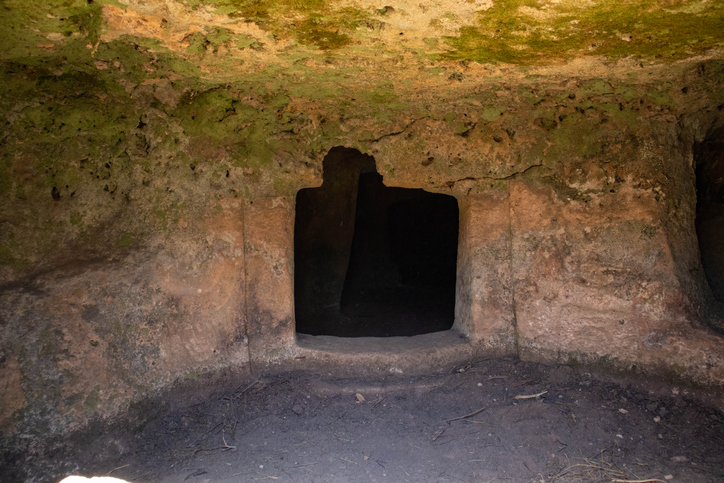
The Necropolises in Sardinia
A holiday in Sardinia, especially in the low season, does not just mean sea and nature, it also means immersing yourself in the traditions and thousand-year history of an area. There are many archaeological areas that can be visited, many are unique places in the entire Mediterranean area, necropolises of incredible beauty full of mystery and history.
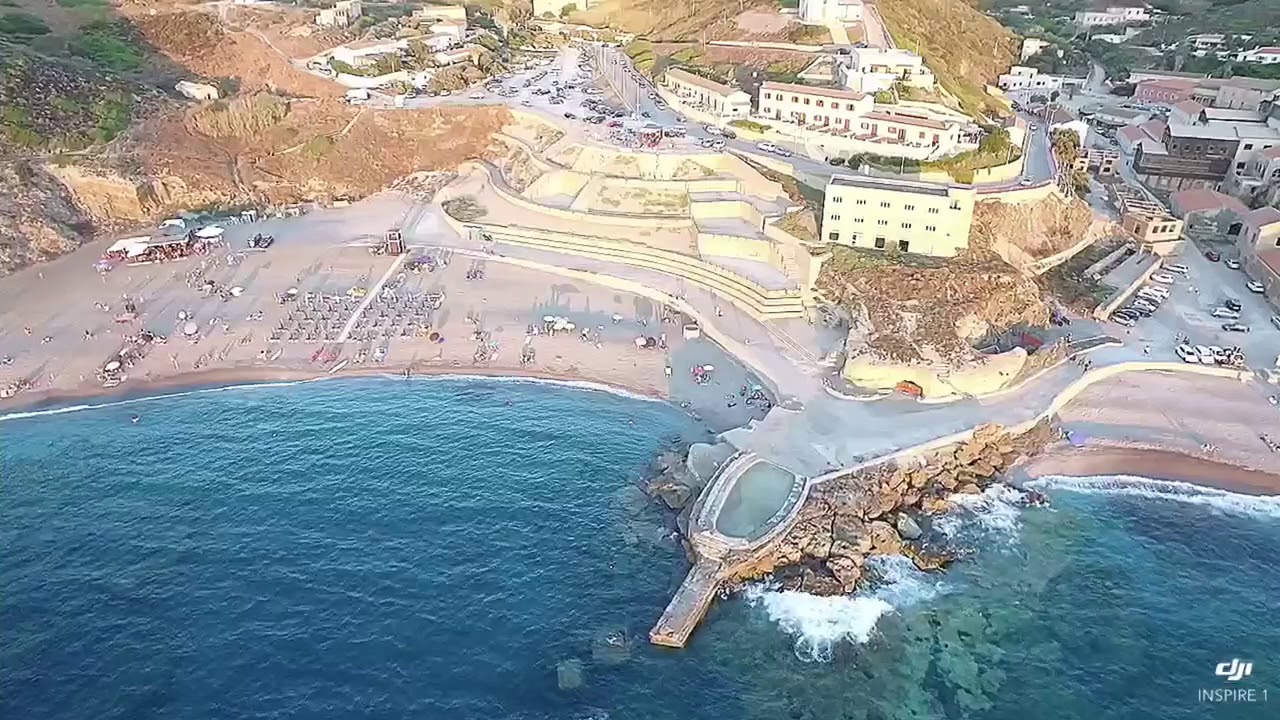
Cala Dell'Argentiera
Between mining plants and a former mining village, on the Nurra coast in the north-west of Sardinia, sandy stretches emerge immersed in the clear sea. It is the village of Argentiera, an ideal place to relax on the beach or to explore with ad hoc excursions
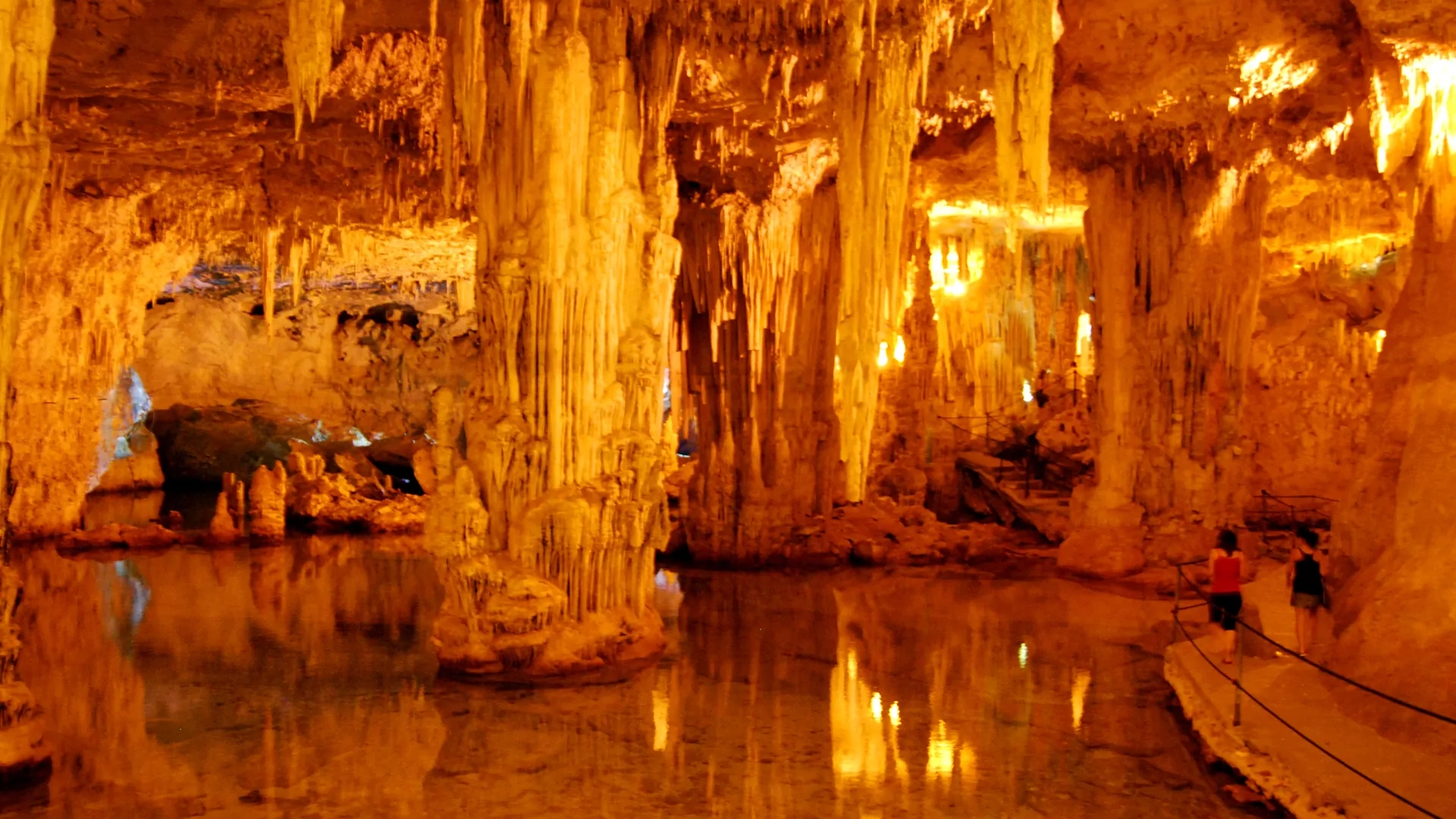
Neptune's Cave
In the heart of the cliffside of Capo Caccia is situated a scene of the fairytale underworld of the Grotta di Nettuno (Neptune’s Grotto). A fantasy world of spectacular cave formations, a system of rooms with saltwater lakes extending to approximately 2,500 meters in length.
One of the most fascinating natural jewels in the entire Mediterranean basin, the grotto is a veritable geological wonder that attracts over 150,000 visitors per year. It is accessible by sea with the “Linea Grotte’ boat lines leaving the tourist port every day, or on foot via “Escala del Cabirol’ (“Billy Goat Stairs’), a set of 660 steps cut into the cliff side.
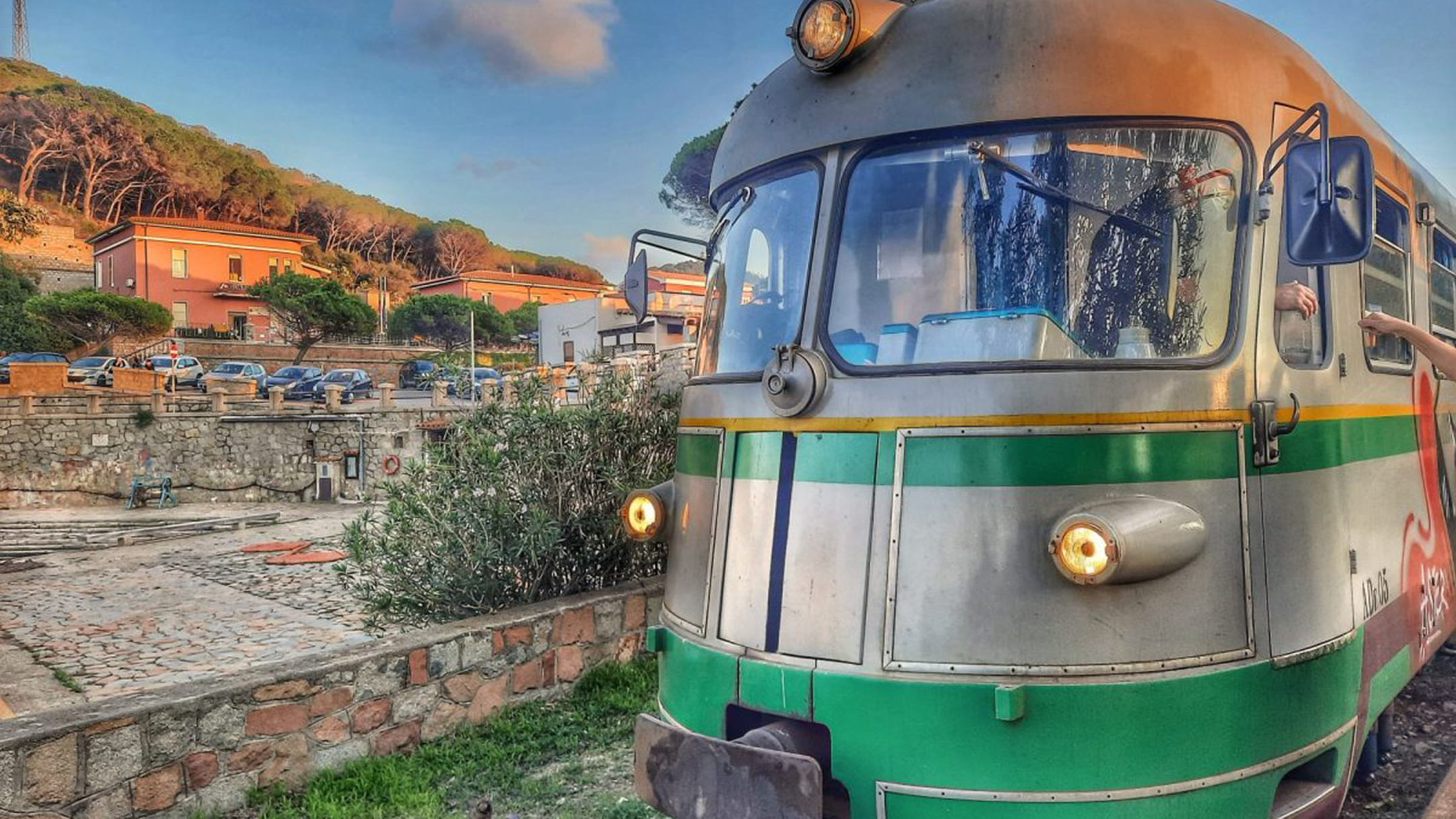
Trenino Verde
A journey back in time aboard vintage carriages pulled by the “littorine” of the 50s or by the Lde501 railcars of the 60s. The 1918 steam locomotive is still stopped for maintenance, whose restoration (with the reconstruction of the boiler to bring it into line with the rules) should be completed by the autumn.
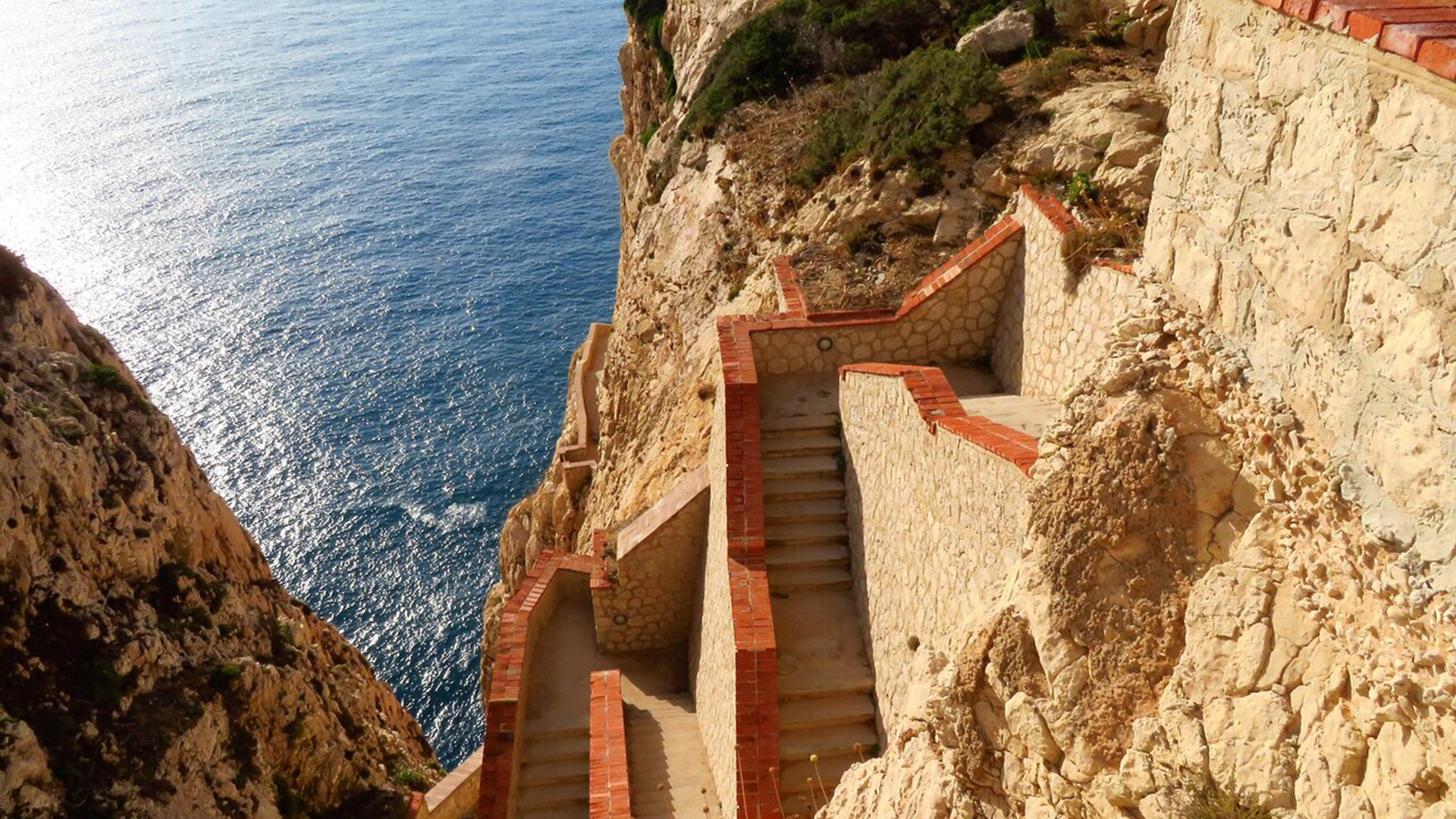
Escala del Cabirol
Between the cliffs of the Capo Caccia promontory in Alghero, there is a breathtaking staircase that will lead you to the mysterious Neptune’s Caves. It is called Escala del Cabirol which in Catalan means scale of the roe deer, due to the particular conformation of the scale, which brings to mind the roe deer that lived on the impervious peaks of this region of Sardinia.
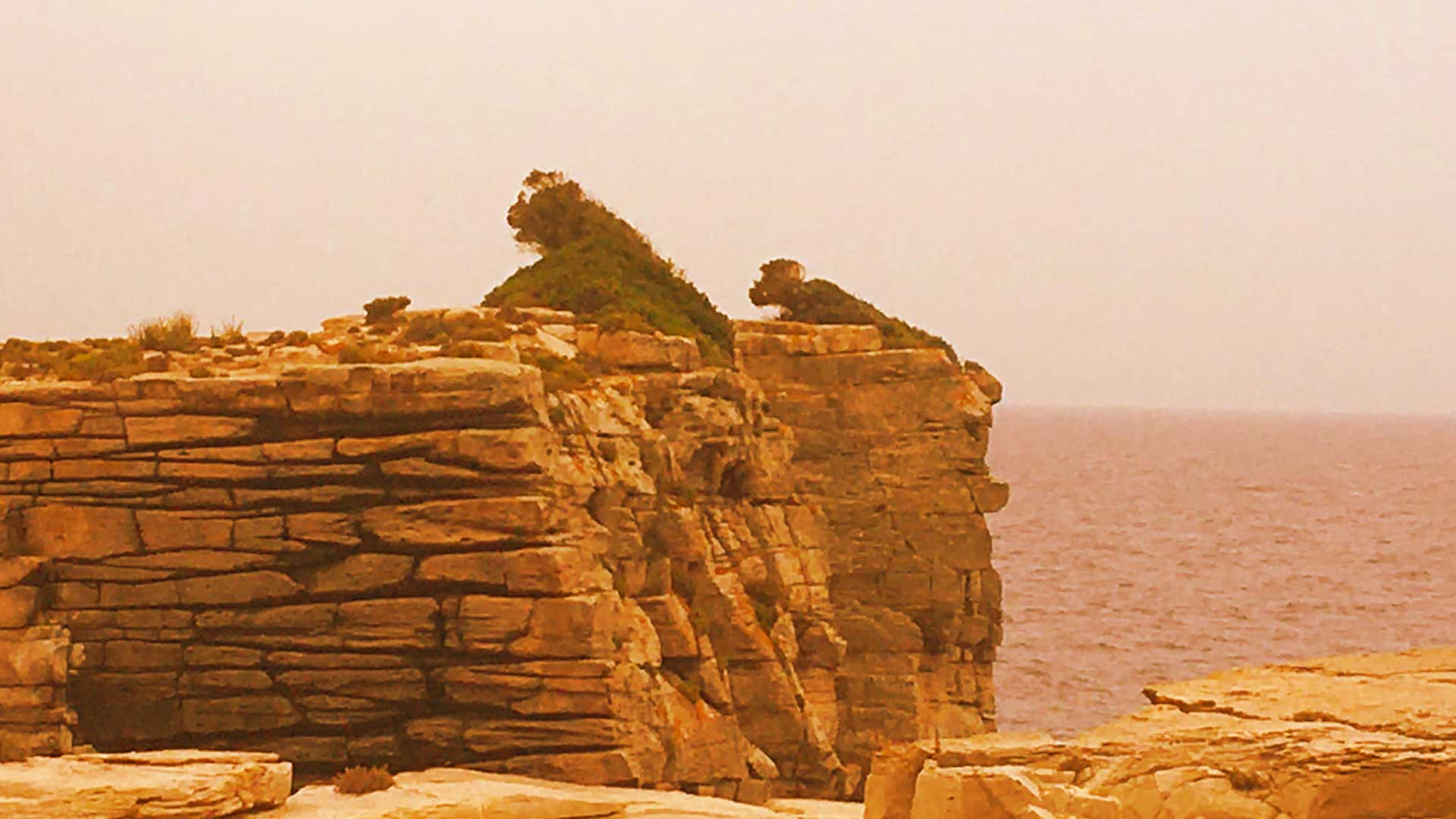
San Pietro Island
The kingdom of diving, snorkelling, sports fishing and birdwatching. With more than 50 square kilometres of territory, this is the second largest island, after Sant’Antioco, in the Sulcis archipelago. Inhabited since prehistoric times and known as “sparrowhawk island" by the Punics, San Pietro is a 40 minute ferry ride from Calasetta or Portoscuso. It is surrounded by jagged cliffs up to 150 metres high that plunge into the sea. The sharp cliffs alternate outcrops and coves with beaches sheltered from the wind and lapped by a transparent sea.
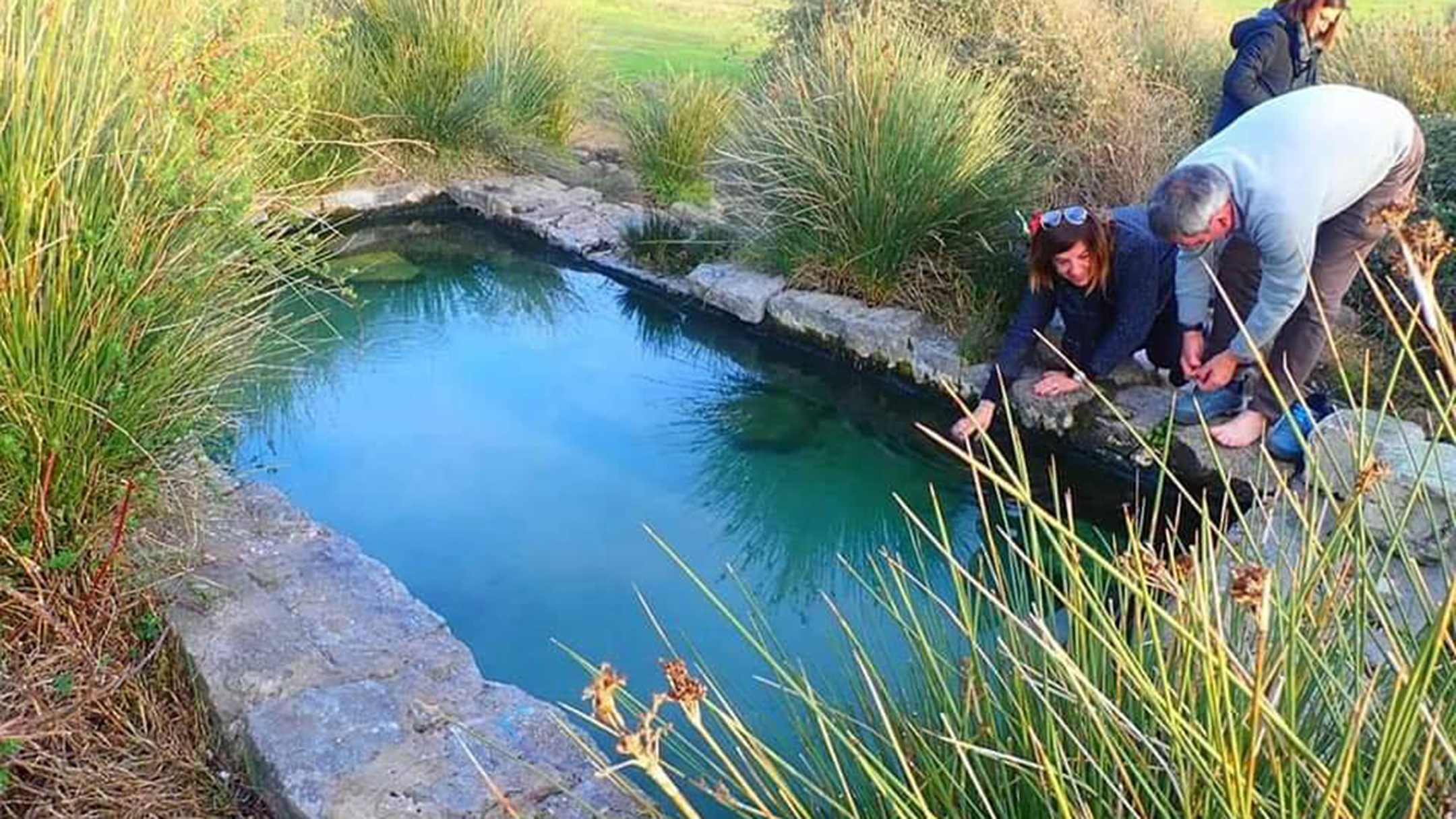
Laesitane waters, Bultei
In the countryside of Bultei (SS) there are free hot water spas in the open field. They are called Anzu’e Sos Nervios, the bath for muscles and nerves. You bathe in the middle of winter near the banks of the Tirso river, Outside 4 degrees, in the tub made by the Romans 35-40 °.
They called them Laesitane waters.

Escala del Cabirol
Between the cliffs of the Capo Caccia promontory in Alghero, there is a breathtaking staircase that will lead you to the mysterious Neptune’s Caves. It is called Escala del Cabirol which in Catalan means scale of the roe deer, due to the particular conformation of the scale, which brings to mind the roe deer that lived on the impervious peaks of this region of Sardinia.

San Pietro Island
The kingdom of diving, snorkelling, sports fishing and birdwatching. With more than 50 square kilometres of territory, this is the second largest island, after Sant’Antioco, in the Sulcis archipelago. Inhabited since prehistoric times and known as “sparrowhawk island" by the Punics, San Pietro is a 40 minute ferry ride from Calasetta or Portoscuso. It is surrounded by jagged cliffs up to 150 metres high that plunge into the sea. The sharp cliffs alternate outcrops and coves with beaches sheltered from the wind and lapped by a transparent sea.

